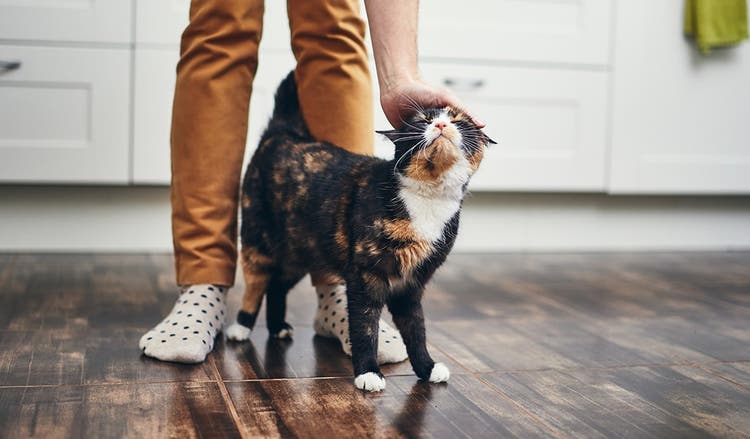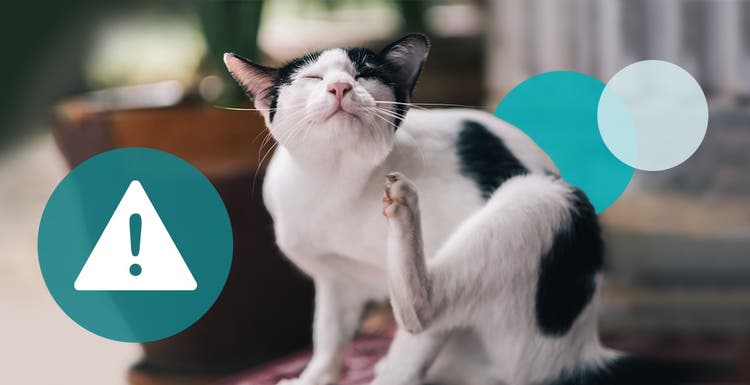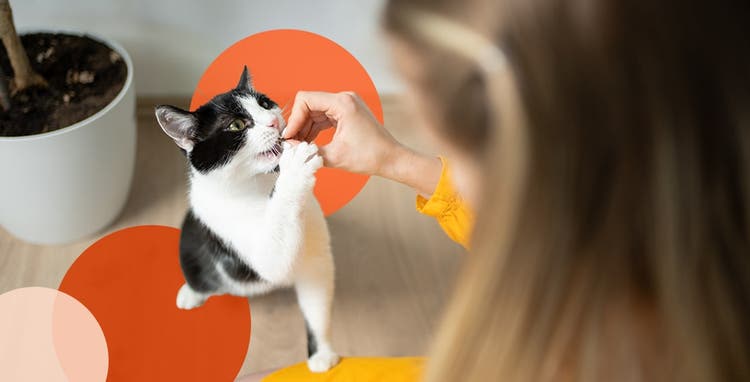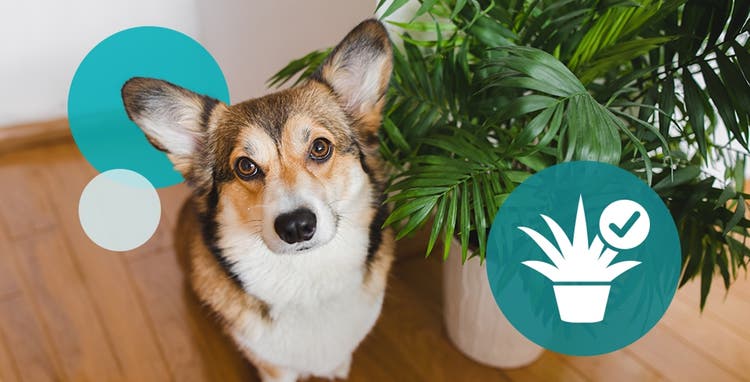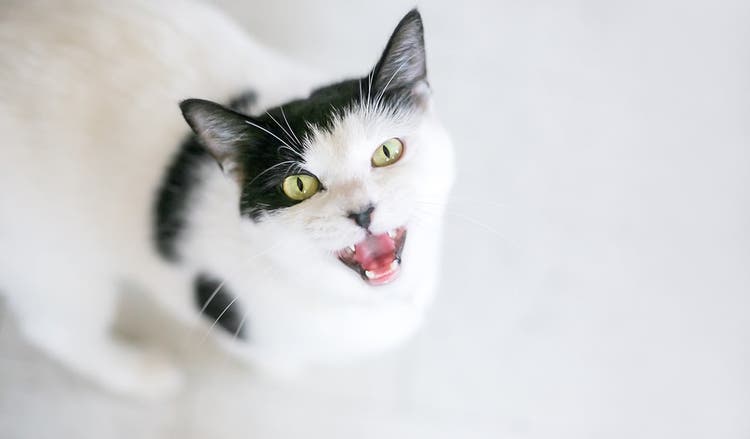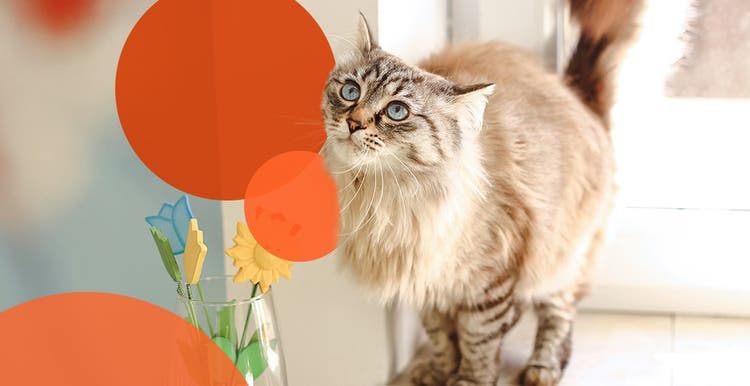What does your cat’s body language mean?
Cats may have a reputation as stoic and aloof, but cat owners know their pets can be very expressive — if you know what to look for. Just like dog body language, cats have a way of communicating if they are happy, nervous or scared.
Although your cat may not be able to speak our language, they can still express themselves using their body, noises and facial expressions. What can a cat’s tail tell you? How can you interpret cat moods in your household? Here are body language signs to look for in your cat, and what they might mean.
Cat Body Language Guide
Happy and Relaxed
- Posture: Relaxed, not tense in any way
- Mouth: Closed or slightly open
- Eyes: Normal shape and size, may be halfway closed
- Ears: Relaxed and in their normal position
- Tail: Extended, relaxed and still
Upset or Nervous
- Posture: Pacing and restless, or frozen and still to assess a situation
- Mouth: Yowling in a long, drawn-out sound
- Eyes: Watchful, open with pupils dilated
- Ears: Flicked back and forth, or upward and alert
- Tail: Stiff, or twitching back and forth like a whip
Fearful or Aggressive
- Posture: Back arched, fur standing on end, or sitting in a crouched position
- Mouth: Growling, hissing or spitting, flattened whiskers
- Eyes: Dilated and staring intently
- Ears: Drawn down flat against their head
- Tail: Puffed up
How to Tell If Your Cat Is Happy and Relaxed
A happy cat means a happy home. Here are some signs that show your cat is content:
- Close contact with you: If your cat is kneading you with their paw, butting their forehead or rubbing against you, or sitting on top of you or next to you, they are showing affection. This is a great indication of your bond and trust!
- Trusting body language: If your cat exposes their belly to you, they are showing their vulnerable side — so be cautious of going in for a tummy rub like you would a dog. You don’t want to break their trust! Cats may squint or slowly blink at you when they are relaxed around you. Purring, meowing or occasional chirps also signal happiness.
- Affectionate actions: If your cat brings you a favorite toy or object, they are bringing you a gift. Other behaviors that indicate bonding include following you around your home or trying to groom you.
- Bonus — signs of playfulness: When your cat wants to play, they might look alert and ready to pounce, with their eyes dilated and their tail flicking. Some of these signs might overlap with other emotions, but energetic interactions should be easy to distinguish.
How to Tell If Your Cat Is Upset or Nervous
It may be hard to tell if your cat is just being quirky or feeling distressed, but here are some behaviors to watch out for:
- Excessive meowing: If your cat is meowing constantly and at strange hours, it may be due to anxiety or stress.
- Change in routine or personality: When your cat is anxious, they may become more skittish or less social. They might hide more often, their eating habits might change or they might avoid the litterbox. They will be watchful, alert or stiff.
How to Tell If a Cat Is Fearful or Aggressive
Pay close attention to signs of fear or aggression so you can separate your cat from the cause, situation or environment. Here’s what to look for:
- Offensive behaviors: Swatting, scratching, biting or growling can all signal that a cat feels threatened or in danger. Cats going on the offense might make themselves appear as big as possible by arching their back and puffing out their tail.
- Defensive behaviors: If a cat feels threatened but opts to go on the defense, they might crouch, tuck their head and tail toward their body or get into a corner. A defensive cat might hiss or spit with their mouth open to signal they want to be left alone.
Cats are creatures with a few quirky behaviors, but owners should be aware of any signs of distress or aggression. Recent major changes (like moving or getting another new pet) might disturb your cat’s routine, but there’s also a chance that your cat is suffering from an underlying illness or separation anxiety.
If you’re concerned about your cat’s body language, monitor the situation closely and try to soothe your cat’s nerves; if they continue to show concerning body language, it’s worth seeing a vet. Ultimately, getting in tune with the basics of cat body language keeps you more connected to your pet’s happiness and health.
Related Articles

New Cat or Kitten: Our Downloadable Guide
Thinking about adding a feline to the family? There are so many emotional, social and physical benefits to owning a cat. Check out our free guide, also available to download!
